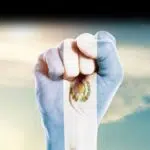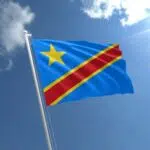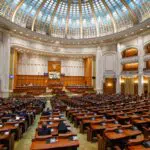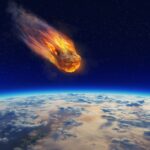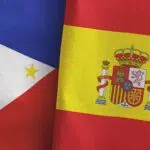Philippine-Spanish Friendship Day is observed on June 30 every year. It celebrates the strong relationship between the Republic of the Philippines and the Kingdom of Spain, despite a long history of colonization. It commemorates the 33 Spanish soldiers who defended the Spanish flag at the Siege of Baler and who remained there from 1898 to 1899, only to find out that Spain had already given the Philippines independence on December 10, 1898. Their endurance impressed the Revolutionary Army to the point that General Emilio Aguinaldo issued a decree requiring them to be treated as friends. The Philippine–Spanish Friendship Day Bill was passed on July 22, 2002.
History of Philippine-Spanish Friendship Day
In Southeast Asia, specifically in the western Pacific Ocean, lies the Republic of the Philippines. It is an amalgam of over 7,000 islands and islets. The modern name of the country comes from Philip II, the King of Spain at the time of the colonization of the Philippines by the Spanish. The country remained under Spanish rule for over 300 years, followed by U.S. tutelage for nearly 50 years.
Spanish colonization of the Philippines began with the arrival of Spanish conquistador Miguel López de Legazpi in 1565. By 1571, Spanish Manila was the capital of the Spanish East Indies. The Spanish then continued to invade surrounding territories and annexed them. During its rule, Spain consistently quelled revolts from native Filipinos. The Filipino independence movement, however, found its roots in the 1872 execution of three activist Catholic priests under false pretenses. This event motivated a propaganda movement in Spain, lobbying for political reforms in the Philippines.
In 1896, the Philippine Revolution was started and was fought between Filipino revolutionary forces and the Spanish military. Finally, in 1898 the Philippines declared independence from Spain. The Siege of Baler lasted nearly a year. Herein, 33 Spanish soldiers defended the Spanish flag from 1898 to 1899, until they found out that Spain had already given the Philippines independence on December 10, 1898. Their endurance had, by then, impressed the Revolutionary Army to the point that General Emilio Aguinaldo issued a decree requiring them to be treated as friends.
Philippine-Spanish Friendship Day timeline
Spanish explorer Miguel López de Legazpi arrives in the Philippines.
British forces occupy Manila during the global conflict dubbed ‘Seven Years' War’.
The Philippines declares independence from Spain.
The Siege of Baler ends on June 2.
Philippine-Spanish Friendship Day FAQs
Are Spain and the Philippines friends?
Yes. There are strong links between the Philippines and Spain as they share a common history. For 300 years, the Philippines was part of the Spanish empire and the only Spanish colony in Asia.
How many people speak Spanish in the Philippines?
Only 0.5% of Filipinos speak Spanish. There are two official languages in the Philippines: Filipino and English. Filipino is the national language. The country is multilingual, with 180 local living languages currently spoken, the vast majority are indigenous tongues.
Did Spain ever apologize to the Philippines?
Not officially.
How to Observe Philippine-Spanish Friendship Day
Read about the colonization of the Philippines
The significance of the Siege of Baler is rooted in over 300 years of Spanish colonization. If you love history, read up on it to find out more.
Read Filipino literature
Post-colonial Philippine literature reflects authentic experiences and artistic originality. Authors that stand out include Jose Garcia Villa, Manuel Arguilla, and Bienvenido Santos.
Learn a little Spanish
Spanish is one of the most commonly spoken languages across the world. Consider learning this language to enhance your skill set.
5 Facts About The Philippines
Large shopping malls abound
Three of the world’s biggest shopping malls are in the Philippines.
The 75-pound pearl
The world’s largest pearl was found by a Filipino diver.
A populous country
The Philippines is the 13th most populated country on the planet!
The second-largest archipelago
The Philippines is the second-largest archipelago on Earth.
A land of many languages
About 175 languages are spoken in The Philippines.
Why Philippine-Spanish Friendship Day is Important
It highlights Filipino history
The Philippines has a rich history. Philippine-Spanish Friendship Day highlights part of its independence movement.
It’s an important moment in history
The Siege of Baler was a pivotal moment in history. Philippine-Spanish Friendship Day marks this important event.
It proves that positives overcome negatives
Spain colonized the Philippines for over 300 years. Despite this, this day proves that positive relationships can be forged from the darkest of situations.
Philippine-Spanish Friendship Day dates
| Year | Date | Day |
|---|---|---|
| 2026 | June 30 | Tuesday |
| 2027 | June 30 | Wednesday |
| 2028 | June 30 | Friday |
| 2029 | June 30 | Saturday |
| 2030 | June 30 | Sunday |

